May has arrived so I’m deciding on which varieties of warm weather vegetables I’ll be planting this month.
Earlier this month we planted the salad garden and the brassica garden. Now it’s time to think about cucumbers, tomatoes, squash, beans, corn, eggplant and peppers.
If you haven’t started your tomato seeds yet it’s probably best to buy some starter plants at the garden centre.
Tomatoes are one of the first warm weather crops to go out in the garden. When the nights are consistently around 10C you can start to harden off your plants in preparation for planting. There are tomatoes for every garden. Look for dwarf, determinate or miniature tomatoes for containers.
For raised beds or in the ground you can choose from both determinate and indeterminate plants but remember to add your support systems for indeterminate tomato plants.
Choose a tomato suitable for your needs. Do you want a cherry tomato for snacking, a slicer for fresh eating or a paste tomato for preserving? Check to see how much space you have as tomato plants are normally planted about 24 inches apart and one plant per container. If using containers for tomatoes, choose one that is at least 12 to 15 inches deep and wide. The larger the container the longer it will retain moisture. I always use a bit of slow release 4-4-4 organic fertilizer mixed into the soil at planting.
Peppers
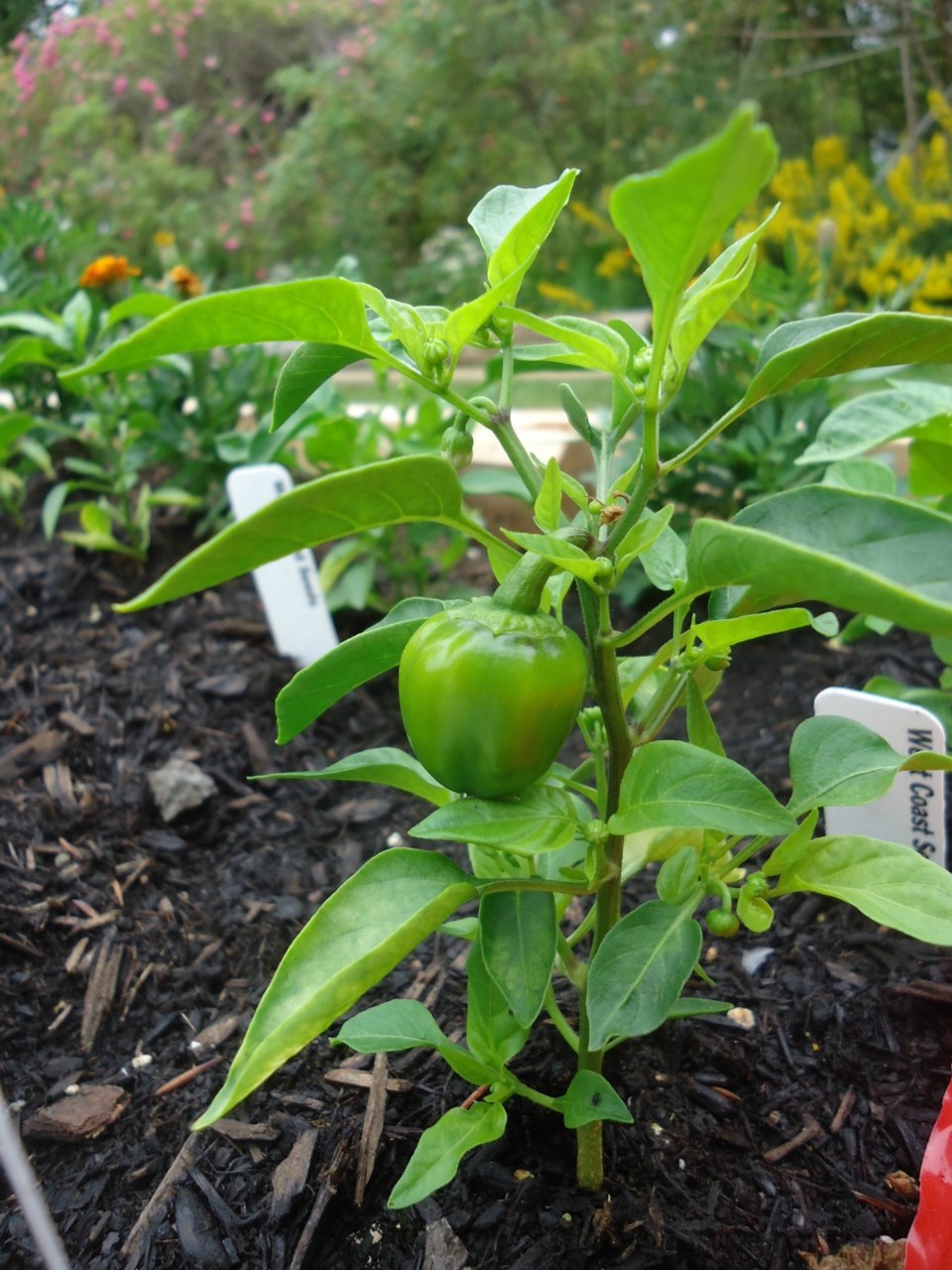
Peppers love the heat so be sure to wait until the soil is warm enough.
I usually plant my peppers in the garden in full sun around the end of May. Peppers are easily grown in containers, raised beds or in the ground. Add some compost and organic fertilizer to the soil where your peppers will be planted. Be sure to keep them watered so they continue to grow well. Harvest when the fruit is firm.
Peppers will continue to produce until late summer so harvest regularly to promote new growth. Peppers can be chopped up and frozen in a single layer on cookie sheets and transferred to freezer bags for winter meals.
Cucumbers
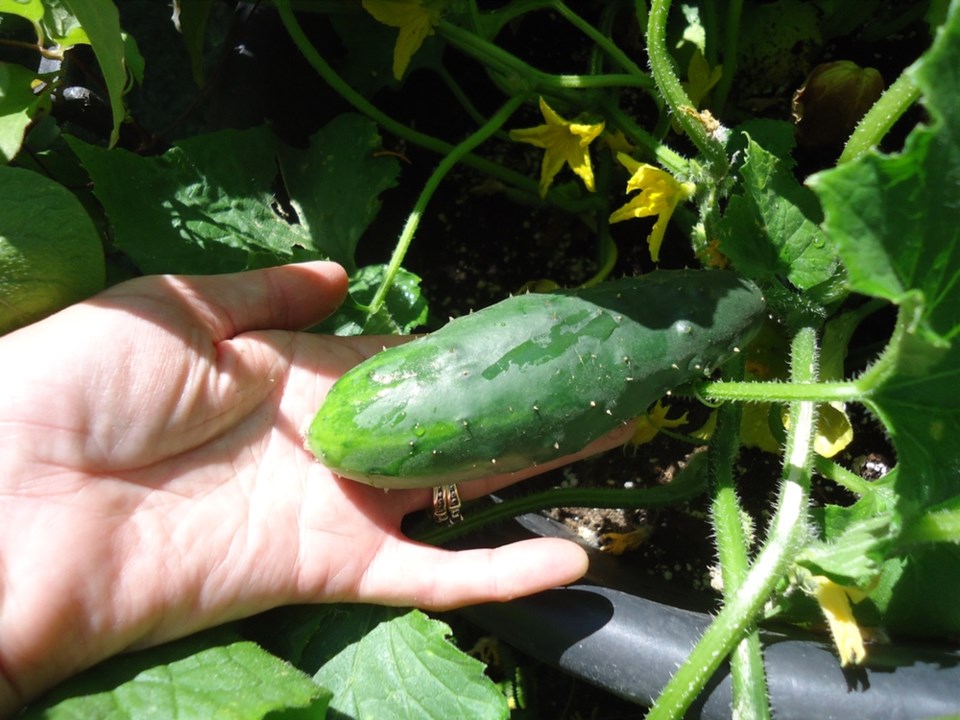
Cucumbers are an everyday staple in most vegetable gardens.
They grow quickly, so be sure to have the room for the variety you choose.
If you are growing in containers choose Patio Snacker, Salad Bush, Spacemaster or Bush Champion as they are suited for small spaces. In the ground or in raised beds two to three plants are usually enough to supply a family of four. Cucumbers do best when direct sown which means planting the seed directly where you want it to grow.
Start your cucumber seeds at the end of May once the weather has warmed as the seeds need very warm soil to germinate. If starting seeds inside plant them three weeks before they go in the garden. Seedlings grow quickly so don’t start them too early. Smaller plants are less stressed when moved to the garden than larger ones. Be sure to read your seed packages for proper spacing of the plants. Add some compost and organic fertilizer to the beds before planting. Cucumbers like to be kept moist but try to water the soil and not the leaves. This helps to prevent fungal diseases. Plant sweet alyssum between your cucumbers to encourage pollinating insects to the garden.
Beans
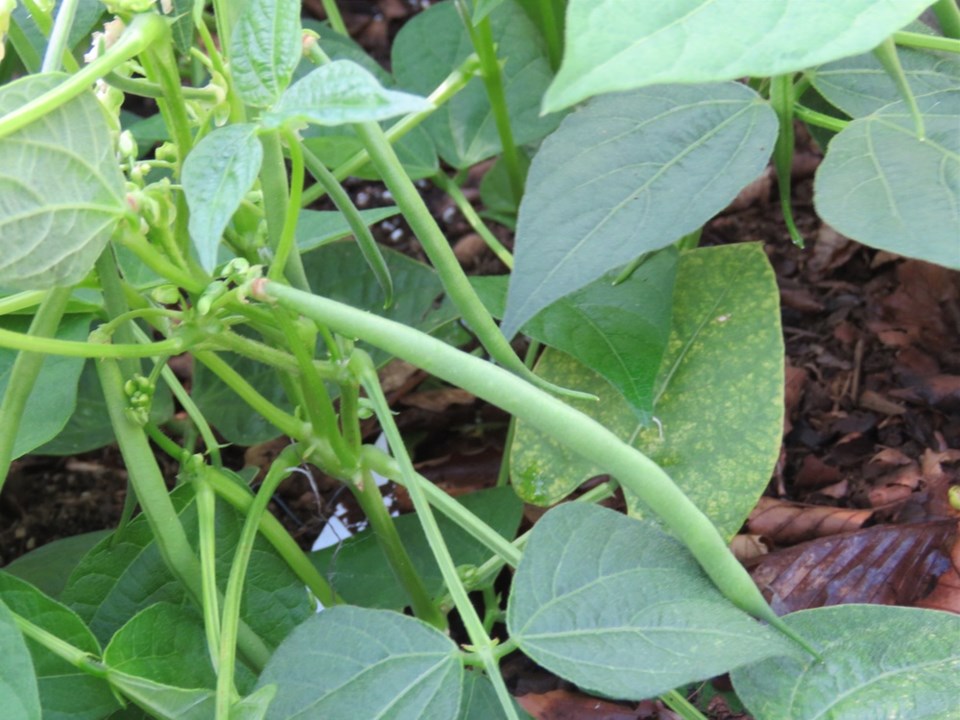
There are beans to suit every type of garden. Beans are grouped into bush, pole and runner types.
Pole beans are indeterminate and will continue to produce beans all season long. I grew Seychelles beans last season and they easily wound around an obelisk in the garden.
Runner beans are different than pole beans as they prefer cooler weather. They can be planted earlier than pole and bush beans.
The Scarlet Runner bean is a favourite bean seen in many gardens. It produces beautiful red flowers followed by long green pods. Be sure to harvest every few days so the beans continue to produce. Runner beans will need a good support system to grow on so be sure to have one in place.
Bush beans are perfect for smaller gardens and require little support. Even though these plants are smaller their harvests are bountiful. Beans like to be direct sown in mid-May once the ground is warm enough. Plant your bean seeds three times their size deep.
Bean seeds come in all shapes and sizes so each is different. Be sure to read your seed package for specific instructions on planting depth and spacing. Since bush beans are determinate plants they produce most of their crop all at once. This lets you follow it up with another crop once they are done.
Corn
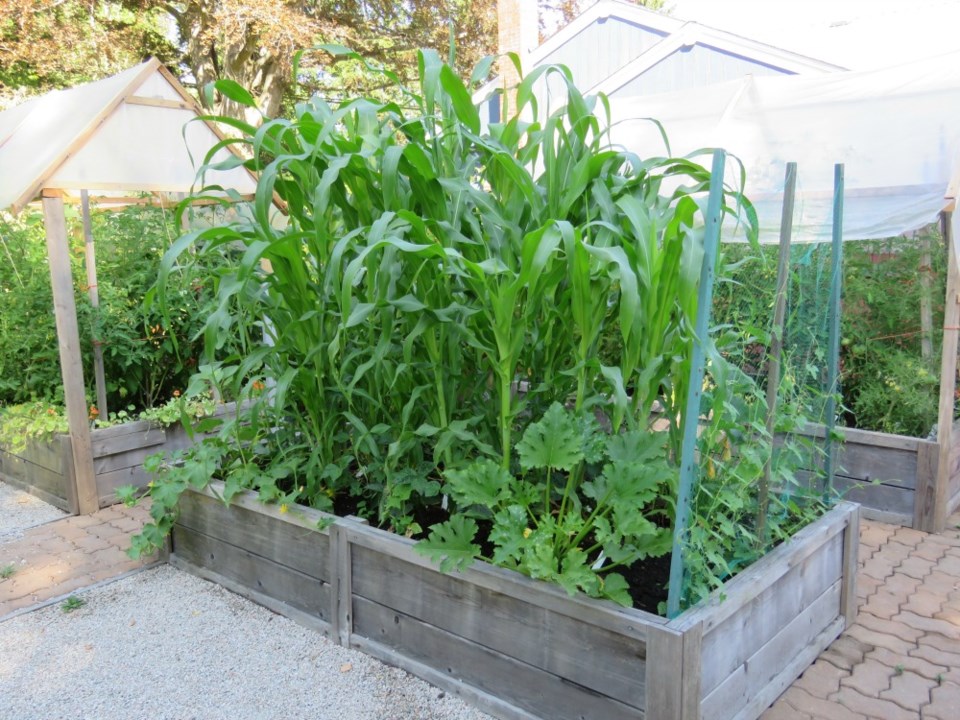
Corn is one vegetable that has to be planted in warm soil.
Here on the west coast, planting in the first week of June is best. Seeds planted too early will not germinate in cold soil. Corn should be planted in blocks as the plants are wind pollinated. Plant your seeds one to two inches deep and about four inches apart. Plant several rows together like the photo above. Corn is a heavy feeder so be sure to prepare the soil with aged manure, compost and organic fertilizer before planting. Harvest when the silks of the cob turn brown. The only pest I’ve had with corn is raccoons pulling the stalks over. A simple fence around the bed seems to deter them.
Eggplant
Eggplant is an easy crop to grow and does well in containers.
Varieties such as Patio Baby, Pot Black, Morden Midget and Little Fingers are all suited to container growing. Most plants grow to about 24 inches tall and love the warmth of summer. Ideally eggplants are started from seed inside and planted outside in late May. Harvest when the fruit are firm and the skin still has its shine.
Squash
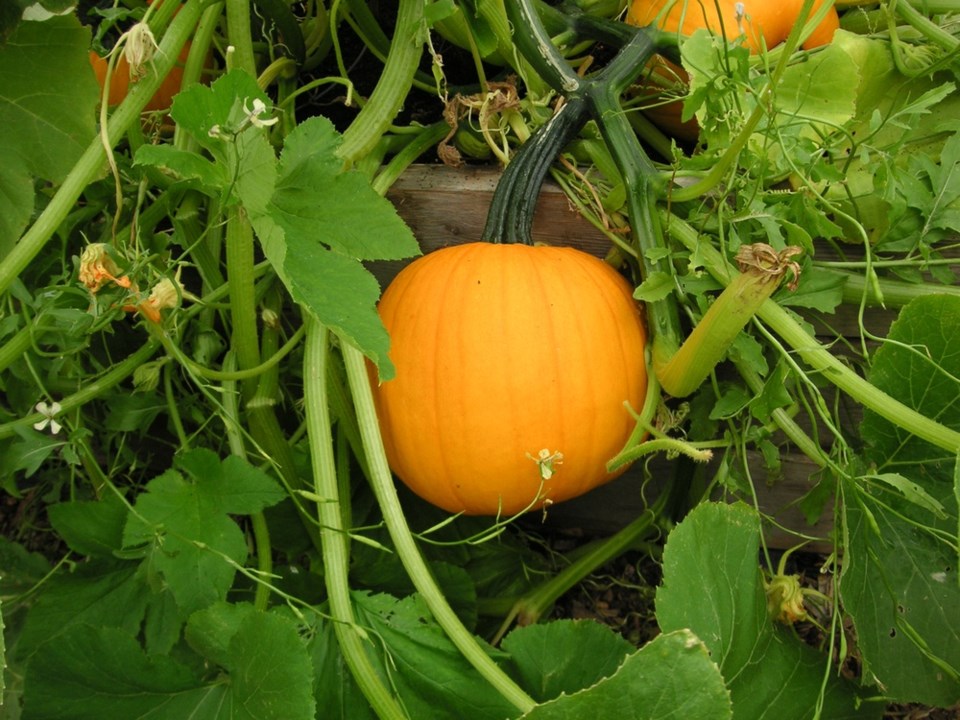
Everyone loves to grow squash and this plant family also includes pumpkins. The biggest mistake gardeners make is starting these plants too early. You can plant squash seeds directly in the soil from late May to the middle of June. Be sure to check the size of the plants you are growing as many have long vines that will clamber across the lawn. Plant your seeds one inch deep.
Be sure to read your seed package for spacing requirements. If growing in containers look for varieties such as Honey Bear acorn. Unless you are growing in a large oak barrel squash plants will struggle in smaller containers. They are best grown in raised beds or in the ground. Squash is a heavy feeder so add some organic fertilizer to the soil at planting. Squash is prone to powdery mildew so it’s best to avoid overhead watering. If you see mildew form on the leaves later in the season encourage new growth by fertilizing your plants. Usually by the time mildew makes its appearance the plants have produced their fruit and are almost ready to harvest. It’s mostly an aesthetic issue. Squash is broken down into two categories, summer and winter squash. Sumer squash varieties include zucchini, patty pan and crookneck. Winter varieties include Acorn, Buttercup, Butternut and Delicata. Harvest summer squash before it gets too large and winter squash when you can’t see your fingernail imprint in the skin when pressed.
Remember, grow what you love to eat. If it’s your first garden, start small and add on each year as your confidence grows. There is nothing better than knowing where your food has come from.


